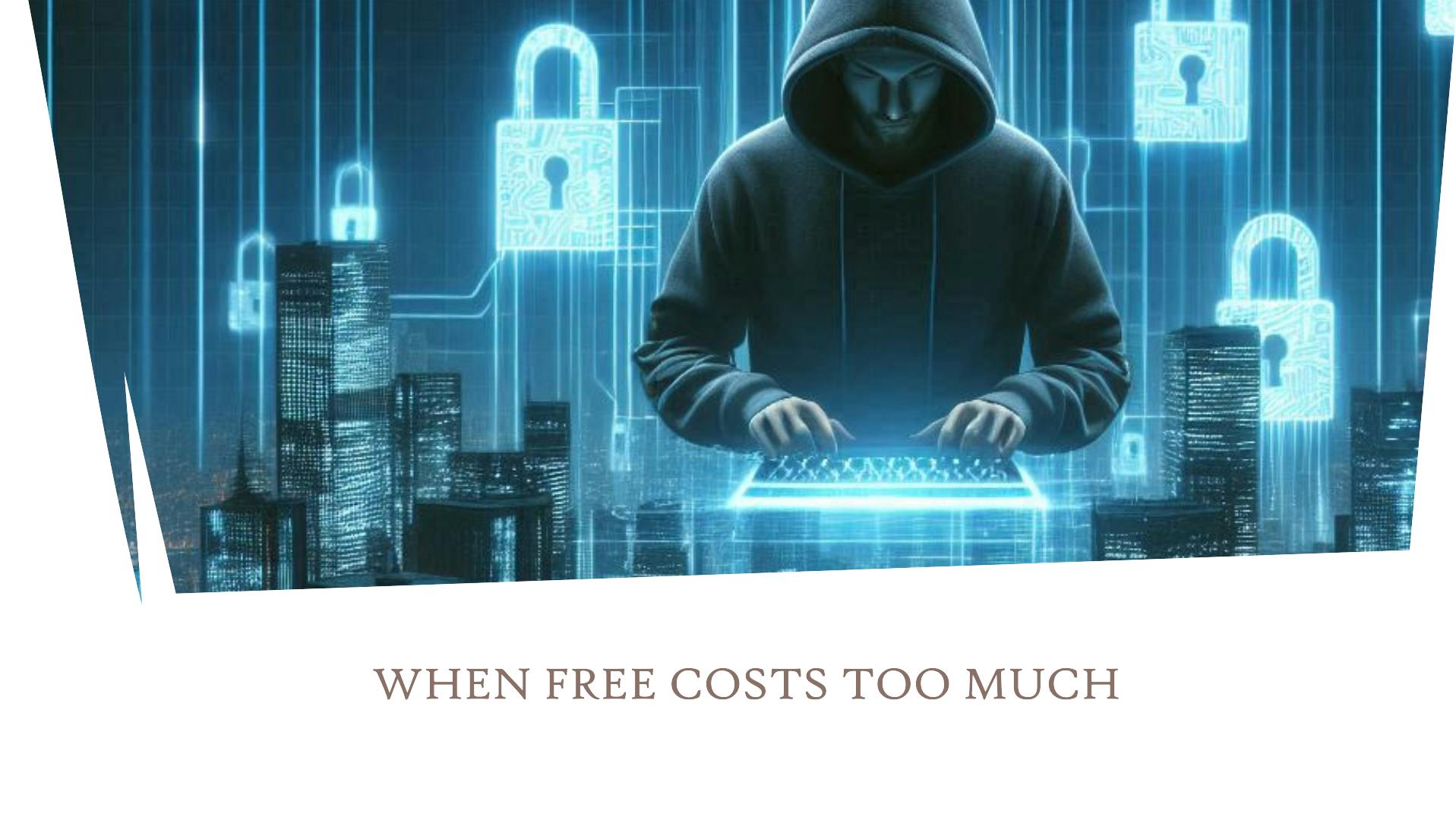Audio Presented by

Merchant banker - taken 17 companies public, 41 restructuring projects, 4 Reg A+ offerings and 4 Reg CF offerings.
Story's Credibility

About Author
Merchant banker - taken 17 companies public, 41 restructuring projects, 4 Reg A+ offerings and 4 Reg CF offerings.
